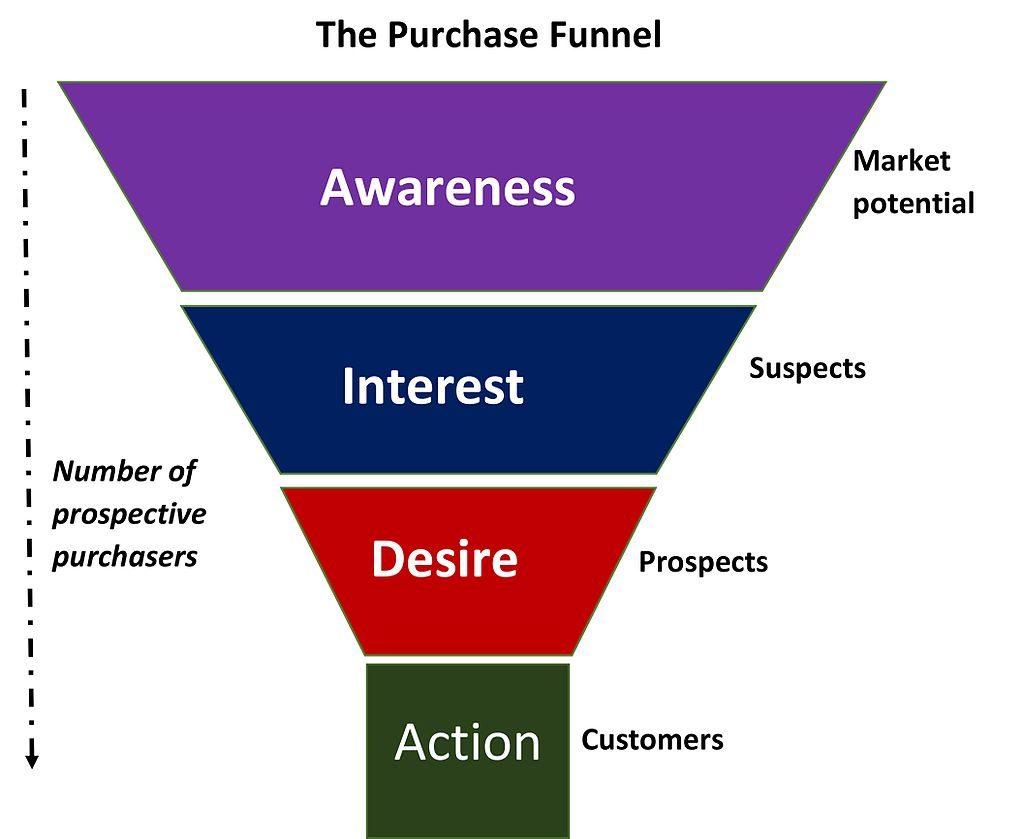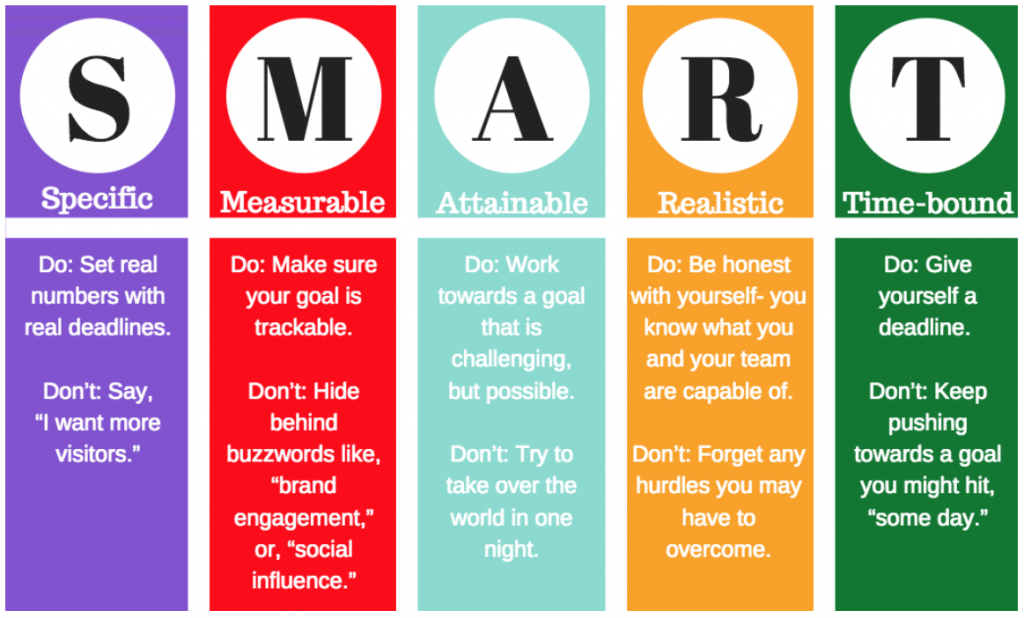To continue with marketing vocabulary I described a few weeks ago, today I want to share some general marketing words and abbriviations every marketer needs to know.
AIDA (Attention/Awareness, Interest, Desire, Action) – an acronym that stands for Attention or Awareness, Interest, Desire and Action. The AIDA model is widely used in marketing and advertising to describe the steps or stages that occur from the time when a consumer first becomes aware of a product or brand through to when the consumer trials a product or makes a purchase decision. Given that many consumers become aware of brands via advertising or marketing communications, the AIDA model helps to explain how an advertisement or marketing communications message engages and involves consumers in brand choice. In essence, the AIDA model proposes that advertising messages need to accomplish a number of tasks in order to move the consumer through a series of sequential steps from brand awareness through to action (purchase and consumption).
The AIDA model is one of the longest serving models used in advertising, having been developed in the late nineteenth century. Since its first appearance in the marketing and advertising literature, the model has been modified and expanded to account for the advent of new advertising media and communications platforms. A number of modified alternative models are in current use. During the past 100 years, the model has undergone many refinements and extensions, such that today there are many variants in circulation. Thus, the simple AIDA model is now one of a class of models, collectively known as hierarchical models or hierarchy of effects models.
BANT (Budget, Authority, Need, Timeline) – a sales qualification framework used to identify and pursue the most qualified prospects based on their Budget, Authority, Needs, and Timeline. A lead scoring methodology developed by IBM. Opportunities are identified by speaking to prospects or clients to determine their business and solution needs. The IBM guidance for opportunity identification is to use a standard approach called BANT. According to the guidance, an opportunity is considered validated if the prospect meets three of four of the BANT items.
Budget = What is the prospect’s budget?
Authority = Does the prospect have decision-making authority, or is she an influencer?
Need = What is the prospect’s business need?
Time frame = In what time frame will the prospect be implementing a solution?
If the prospect does not meet the BANT criteria, the sales representative may choose to nurture the response by scheduling a follow-up with the prospect in a decided-on time frame.
CX (Customer Experience) – the product of an interaction between an organization and a customer over the duration of their relationship. This interaction is made up of three parts: the customer journey, the brand touchpoints the customer interacts with, and the environments the customer experiences (including digital environment) during their experience. A good customer experience means that the individual’s experience during all points of contact matches the individual’s expectations. Gartner asserts the importance of managing the customer’s experience.
Customer experience implies customer involvement at different levels – such as rational, emotional, sensorial, physical, and spiritual. Customers respond diversely to direct and indirect contact with a company. Direct contact usually occurs when the purchase or use is initiated by the customer. Indirect contact often involves advertising, news reports, unplanned encounters with sales representatives, word-of-mouth recommendations or criticisms.
Customer experience encompasses every aspect of a company’s offering—the quality of customer care, but also advertising, packaging, product and service features, ease of use, and reliability. Creating direct relationships in the place where customers buy, use and receive services by a business intended for customers such as instore or face to face contact with the customer which could be seen through interacting with the customer through the retail staff. We then have indirect relationships which can take the form of unexpected interactions through a company’s product representative, certain services or brands and positive recommendations – or it could even take the form of “criticism, advertising, news, reports” and many more along that line.
SMART (Specific, Measurable, Attainable, Realistic, Time-Bound) -a mnemonic/acronym, giving criteria to guide in the setting of objectives, for example in project management, employee-performance management and personal development. The letters S and M generally mean specific and measurable. Possibly the most common version has the remaining letters referring to achievable (or attainable), relevant, and time-bound. However, the term’s inventor had a slightly different version and the letters have meant different things to different authors, as described below. Additional letters have been added by some authors.
The first-known use of the term occurs in the November 1981 issue of Management Review by George T. Doran. The principal advantage of SMART objectives is that they are easier to understand and to know when they have been done. SMART criteria are commonly associated with Peter Drucker‘s management by objectives concept.
Often the term S.M.A.R.T. Goals and S.M.A.R.T. Objectives will surface. Although the acronym SMART generally stays the same, objectives and goals can differ. Goals are the distinct purpose that is to be anticipated from the assignment or project. Objectives on the other hand are the determined steps that will direct full completion of the project goals.
I will continue to fill up the list of your marketing vocabulary, so wait for my new posts.







